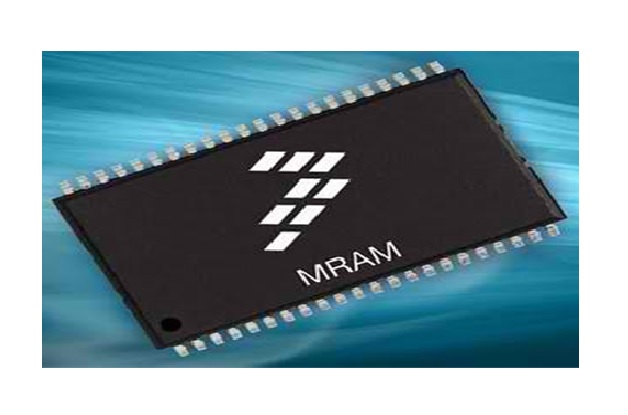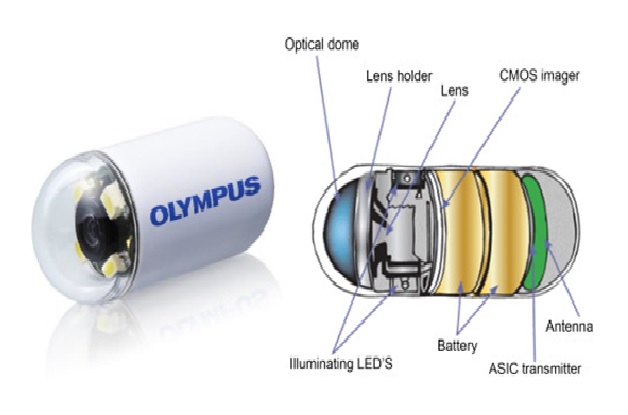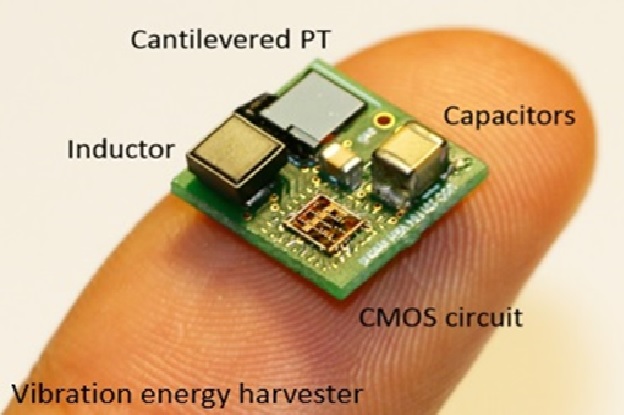Magnetoresistive Random Access Memory (MRAM)
MRAM (Magnetic RAM) is a memory technology that uses electron spin to store information (an MRAM device is a Spintronics device). MRAM has the potential to become a universal memory - able to combine the densities of storage memory with the speed of SRAM, all the while being non-volatile and power efficient.
MRAM technology is still far from realizing its potential, but as of early 2020, there are MRAM chips on the market ranging from very small ones to 1Gb chips, and companies are adopting this technology for many applications. [1]

Figure 1. Magnetoresistive Random Access Memory (MRAM)
Figure 1 shows unlike DRAM, which uses an electrical charge to determine if a bit is a binary 1 or 0, magnetoresistive memory uses a pair of ferromagnetic metal plates separated by a thin insulating material layer. Scientists define a metal as magnetoresistive if it shows a slight change in electrical resistance when placed in a magnetic field.
Together the two plates and insulating layer form the magnetic tunnel junction (MTJ). One plate is called the fixed layer -- or reference layer -- because it's magnetic direction never changes. The other plate is called the free layer because its magnetic direction can change when bias is applied to the MTJ. The orientation of the two magnetic fields determines whether a binary bit is a 1 or 0. [2]
Applications of M-RAM:
MRAM has a potential in all memory applications in these devices:
- Digital Cameras
- Cellular Phones
- MP3
- HDTV
- Laptops [3]
MRAM: basics
MRAM technology is completely different to any other semiconductor technology that is currently in use and it offers a number of advantages:
- MRAM memory technology retains its data when the power is removed
- It offers a higher read write speed when compared to other technologies including Flash and EEPROM
- Consumes a comparatively low level of power
- MRAM data does not degrade over time
The new MRAM memory development is of huge significance. Several manufacturers have been researching the technology, but Freescale was the first company to have developed the technology sufficiently to enable it to be manufactured on a large scale. With this in mind, they already have already started to build up stocks of the 4 megabit memories that form their first offering, with larger memories to follow. [4]
References:
- https://www.mram-info.com/introduction
- https://www.techtarget.com/searchstorage/definition/MRAM
- https://www.geeksforgeeks.org/magnetic-random-access-memory-m-ram/
- https://www.electronics-notes.com/articles/electronic_components/semiconductor-ic-memory/mram-magnetoresistive.php
Cite this article:
Thanusri swetha J (2021), Magnetoresistive Random Access Memory (MRAM), Anatechmaz, pp. 49















